To prime or not to prime… That really is a good question. As professional painters in New York and Connecticut, we get asked this all the time: “Do I really need primer before painting the outside of my house?” The short answer is yes, most of the time. But the full answer is a little more nuanced and depends on a few key factors. Let’s walk through it.
What Does Primer Actually Do?
Primer is like the unsung hero of a long-lasting paint job. Think of it as the glue that helps the topcoat stick properly to the surface underneath. Whether you’re painting wood, stucco, vinyl, or even aluminum siding, a good primer will help the paint bond, improve durability, and create a more uniform finish.
Before primer ever touches your home, though, surface prep is essential. That includes cleaning, power washing, scraping off loose paint, sanding down rough areas, and removing mold or mildew if needed.
Once the surface is clean and sound, the right primer sets the stage for success. It locks down the surface, covers bare or stained spots, and helps your topcoat do what it’s supposed to—protect and beautify your home.
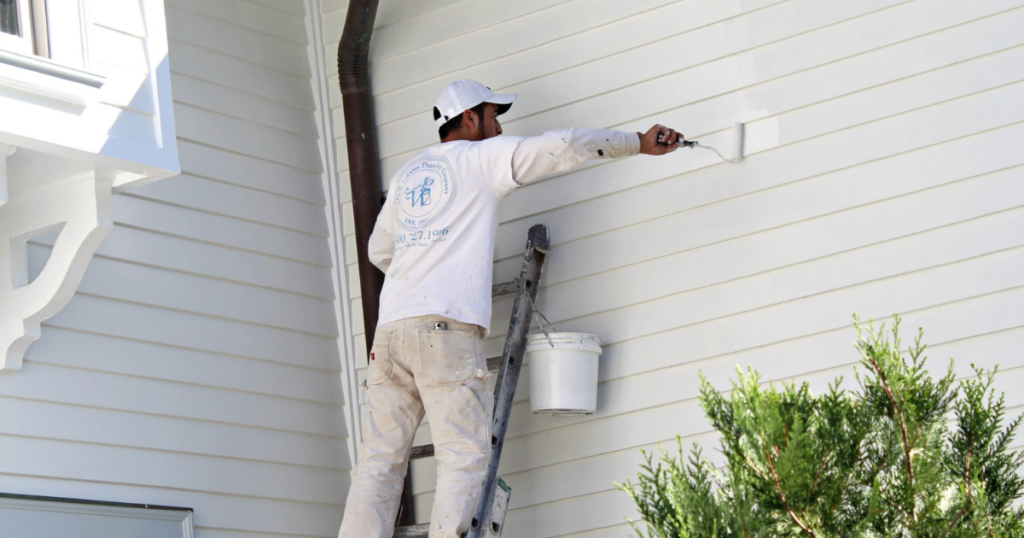
Do You Always Need to Prime the Whole House?
Not necessarily. There’s a big difference between a full prime and a spot prime.
- Full Prime means every surface gets a coat of primer before paint.
- Spot Prime means only certain areas are primed—typically problem spots or new patches.
Whether you need one or the other depends on the condition of your surfaces and what you’re trying to achieve.
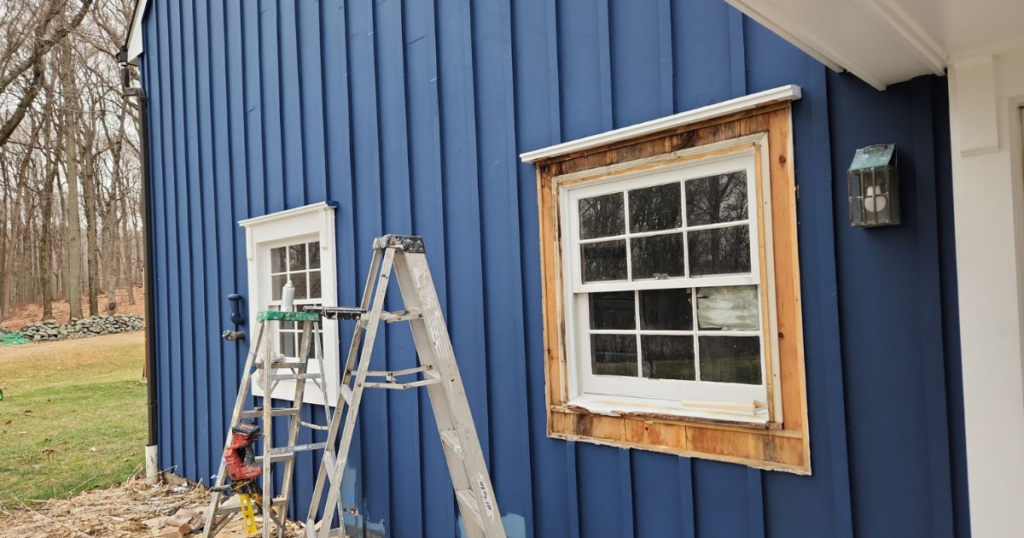
When to Spot Prime
Spot priming is a more targeted approach and is often all that’s needed when:
- You’ve had localized repairs, like a small patch of stucco or a replaced board.
- Bare wood is exposed in just a few spots.
- Knots in wood are bleeding through previous paint layers.
- Peeling or chipping paint was scraped off in isolated areas.
For example, let’s say you live in Rye, NY and had a few pieces of cedar siding replaced after a rough winter. A spot prime on those fresh boards is a smart step before applying your topcoat.
Depending on the situation, your painter might use a stain-blocking primer, bonding primer, or even a shellac-based product if tannins are coming through the wood grain. Sherwin-Williams and Benjamin Moore both carry high-performance primers tailored for specific issues.
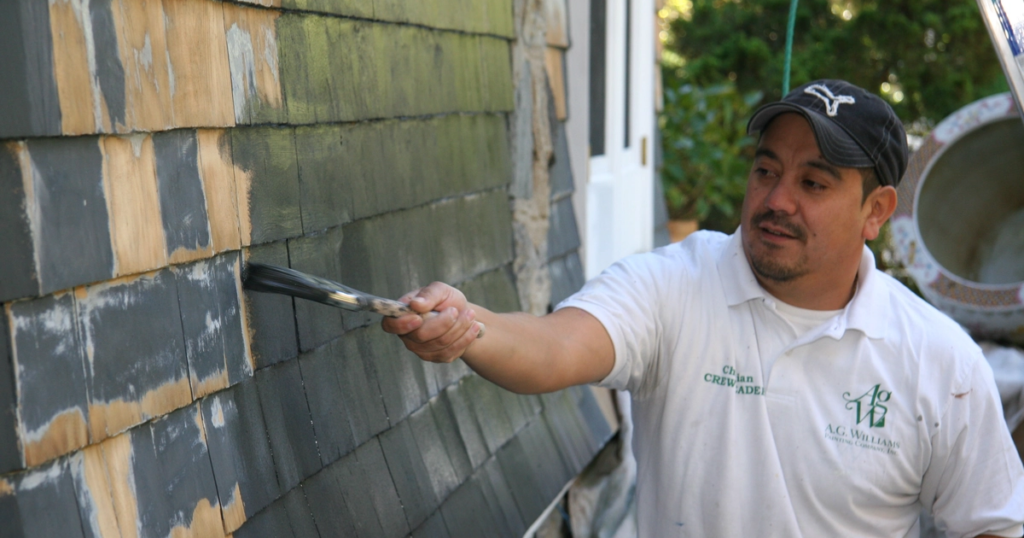
When to Fully Prime Your Siding
There are definitely times when a full prime is non-negotiable. Here are the most common situations where priming the entire exterior is necessary:
- You’re painting new wood, stucco, or other porous materials that will absorb paint quickly.
- You’re changing from a dark color to a much lighter one. Primer helps with color transition and reduces the number of topcoats you’ll need.
- You’re switching types of paint, such as from oil-based to latex, which often requires a bonding primer to ensure proper adhesion.
- Your home has glossy or stained surfaces, which need primer to dull the sheen and help the topcoat grab on.
- There are widespread stains or odors that need to be sealed off before applying paint.
- Lead-based paint is present. In this case, a lead-safe certified contractor must use special encapsulating primers to seal in any hazardous material.
Our team is EPA Lead-Safe Certified, which means we follow strict safety protocols when working on homes built before 1978. If you suspect your house might have lead-based paint, don’t take chances—reach out to qualified pros.
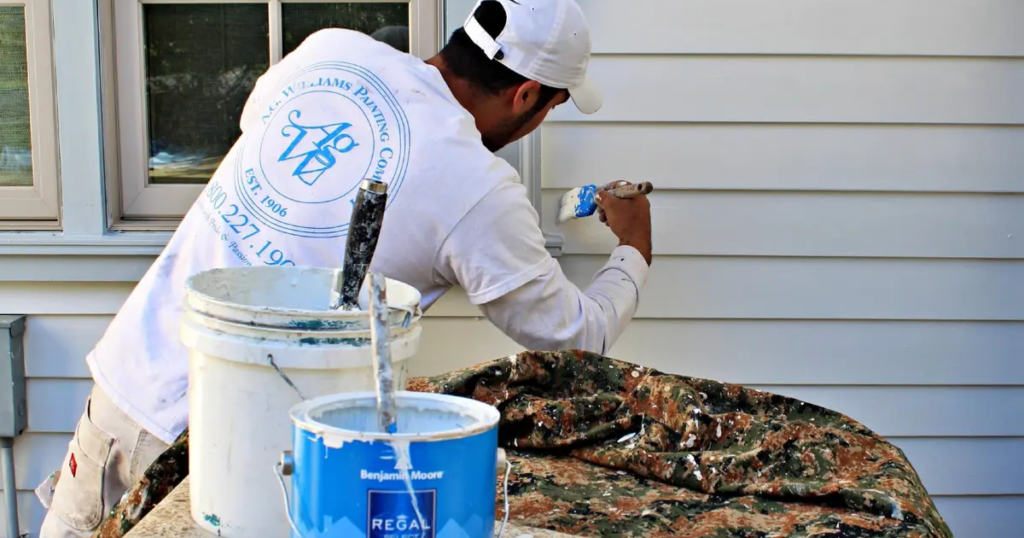
Why Priming Your Home’s Exterior Matters in NY and CT Climates
Homes in Westchester and Fairfield Counties face extreme seasonal changes—from snowy winters to hot, humid summers. This constant expansion and contraction puts a lot of stress on your exterior paint.
Primer adds resilience. It helps the paint expand and contract with the weather, reduces cracking, and prevents premature peeling. Especially on older homes where materials may be uneven or have seen prior layers of paint, primer acts like a reset button, providing a solid foundation.
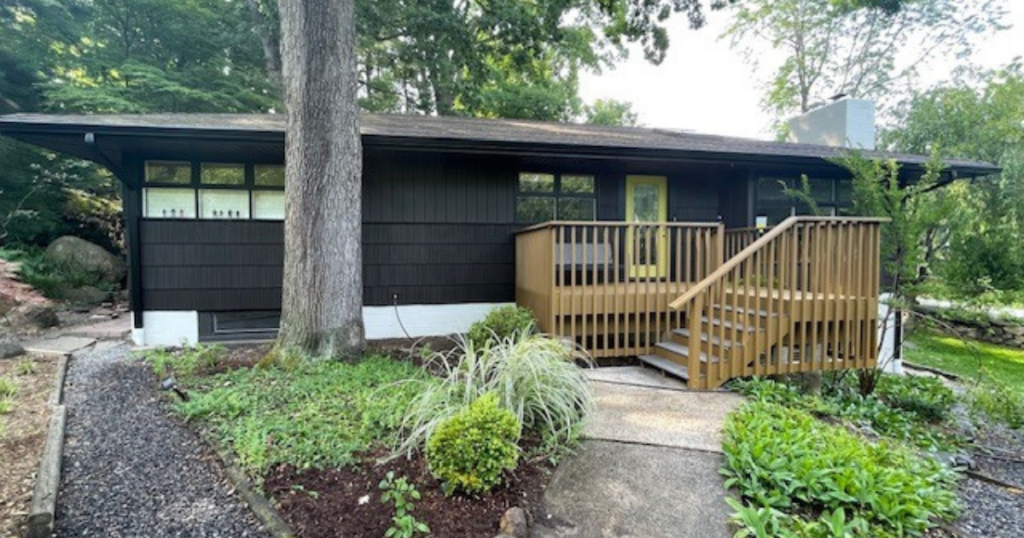
What Can Happen If You Skip Primer?
Skipping primer might seem like a shortcut, but it often leads to premature paint failure. You might notice issues like:
- Uneven color or sheen
- Poor adhesion, especially on glossy or bare surfaces
- Bleed-through from wood knots or water stains
- Peeling or flaking within a year or two
In most cases, taking the time to spot or fully prime saves time and money in the long run. A house that’s painted without proper priming might need repainting much sooner than one with proper prep.
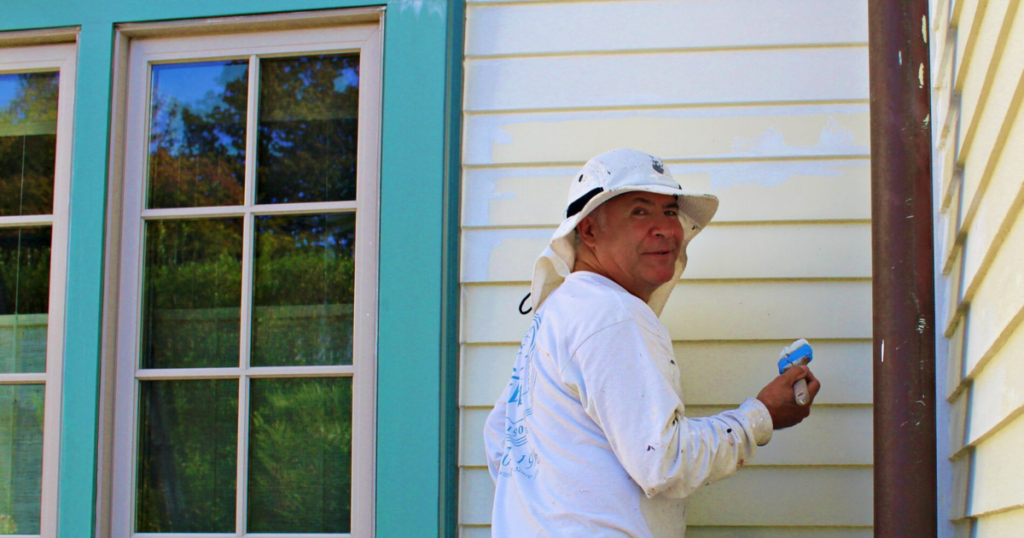
Work with a Painting Company That Knows When to Prime
Here at A.G. Williams Painting Company, we’ve been painting homes since 1906. With over a century of experience in both Westchester County, NY and Fairfield County, CT, we understand the regional challenges and how to ensure a long-lasting paint job.
We evaluate each home individually and recommend either full or spot priming based on the condition of your siding, past paint history, and future color goals. We never apply a one-size-fits-all approach—your house deserves a tailored solution.
If you’re wondering whether your home needs spot priming, full priming, or maybe just a thorough cleaning and topcoat, we’re happy to help. Our estimators are trained to assess your home’s condition and guide you toward the right plan.
Schedule your free estimate today and get your home ready for a fresh start!